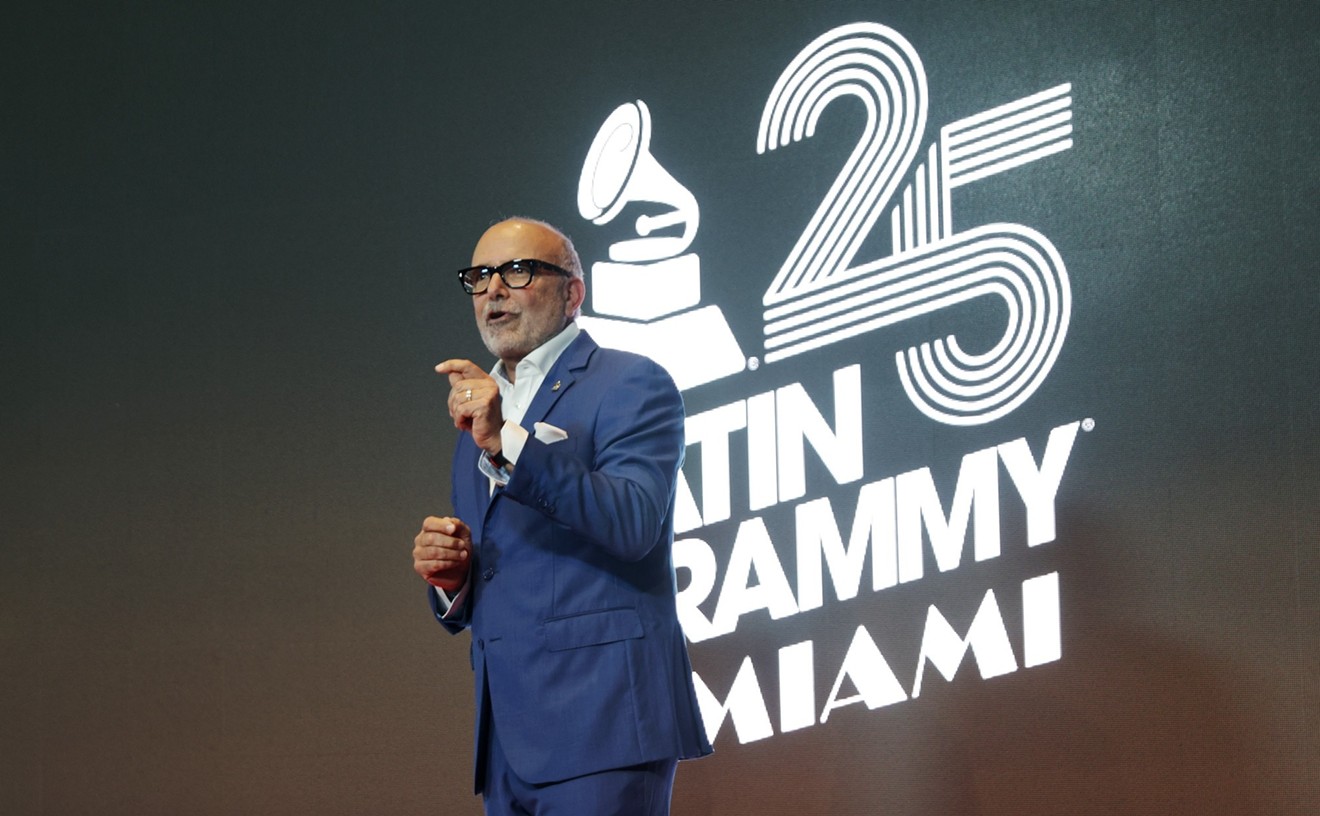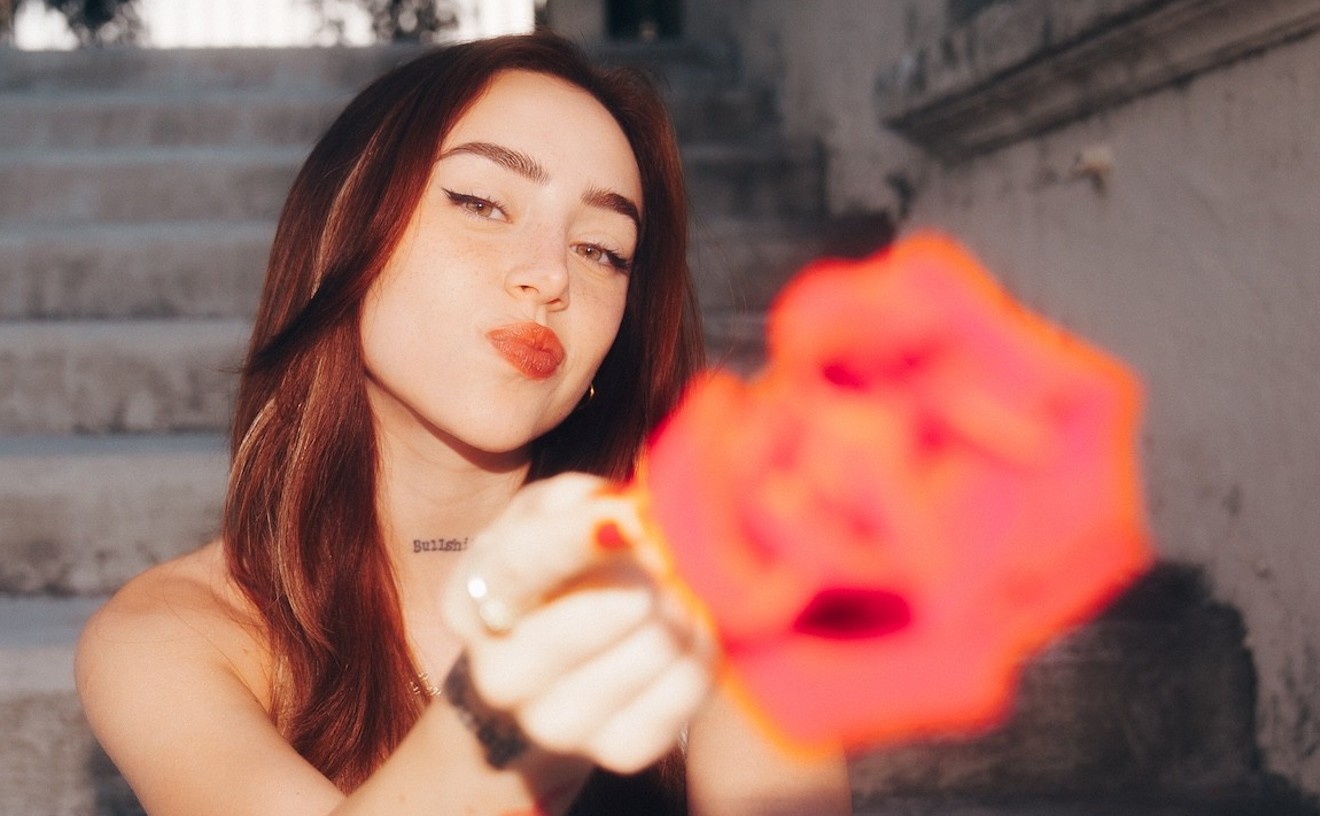You never know who some of Miami Beach’s golden oldies are or might have been in their younger years, unless of course they reach into their wallet from time to time and pull out old black and white photographs of themselves posing in big bands with the likes of Charlie Parker, Miles Davis, and Dizzy Gillespie. The late Diego “Mofeta” Iborra was such a man. Born in the Cuban countryside in 1919 and raised by a professional flautist father in Havana, the drummer was inspired to take New York by storm as a young adult in the 1940s. His audacity in asking to jam alongside Dizzy helped to change the tempo of one of America’s greatest musical genres.
“My father happened to be a very loving and compassionate man, so it was easy for him to go and meet people in the jazz world,” says Mofeta’s son Frank Iborra. “He was very unassuming and they just took him under the fold.”
Mofeta passed away July 27 at the age of 89, just as West Palm Beach producers Antoni Ansarav and Lorenzo Ansaroff were gearing up to capture him on video this summer for a documentary film about elderly Cuban musicians in Miami. Luckily, they already have some footage of recordings he’d done with pals Tata Palao, Paquito Hechevería, Nelson “Flaco” Padron, Juanito Marquez, Ranses Colon, Candido Camero, Oscar Salas, and the late Cachao López. This past year, the Miami legends banded together in a Hialeah studio with younger Cuban troubadour Albita to lay down a jazzy rendition of “Lagrimas Negras” and other classics.
“He liked to play the original American jazz numbers but he, like so many other Cuban drummers of that time, gave ‘legitimate’ jazz music that nice Latin feeling,” says Palao, who performed at his funeral in Stanton Baptist Church in North Miami, the same where place he spent the last few years of his life rocking and rolling the congregation each Sunday
Asked what how to describe Mofeta’s mark on the merging of Latin rhythms and American jazz, his daughter Nancy Villalobos says he gave it “swing.”
For more information on Mofeta and the Miami-based Cuban music documentary visit http://www.spiradicproductions.com.
-- Julienne Gage











